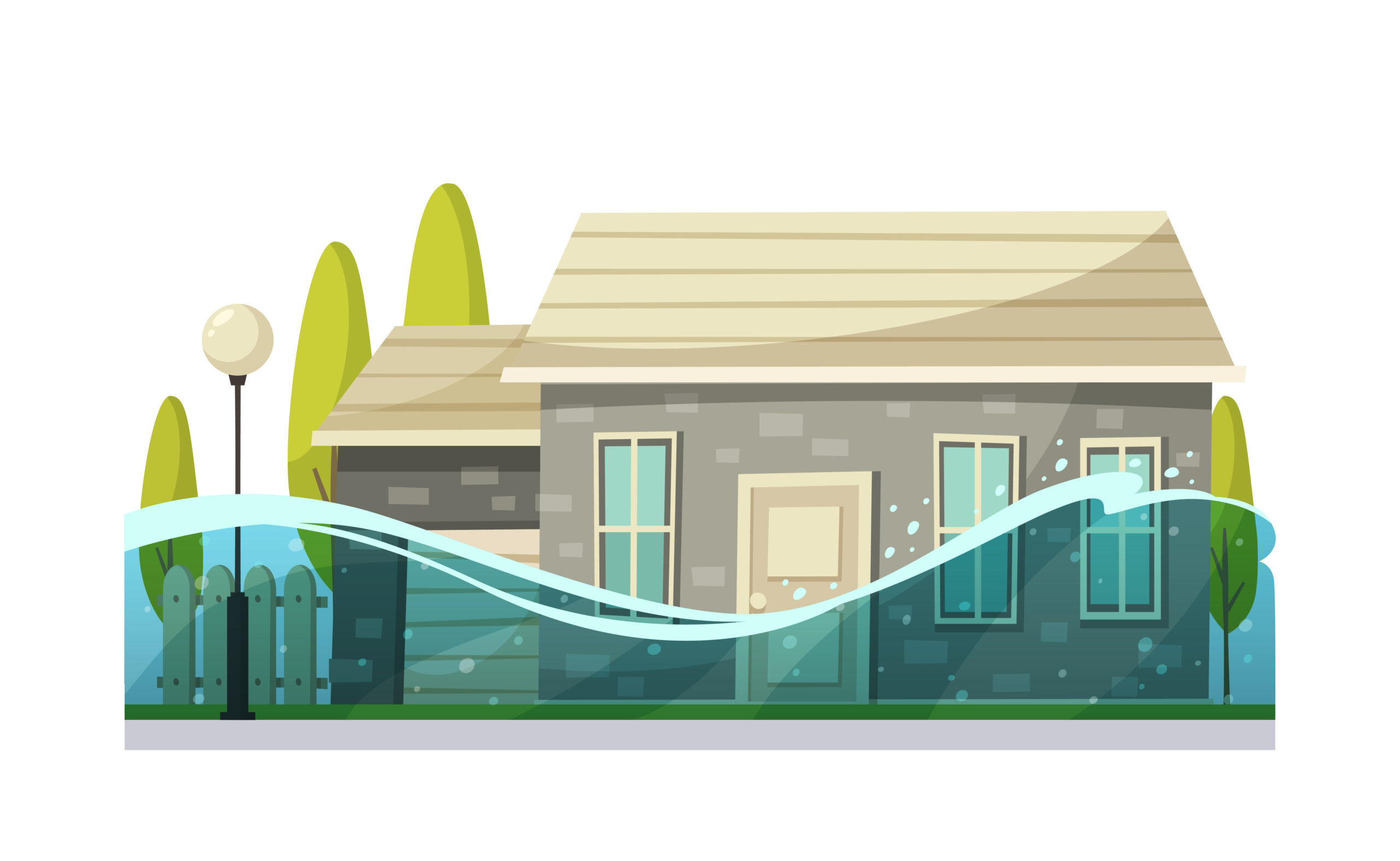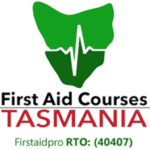A person may experience warning signs of a heart attack without realising it. Without emergency medical care, it could result in lasting heart damage.
What Is A Heart Attack?
Heart attack or myocardial infarction (MI) usually occurs once the coronary artery becomes blocked, reduced, or stopped the supply of oxygen-rich blood to the heart muscles. In a heart attack, the heart muscle becomes starved for oxygen and begins to die.
The more time that goes without treatment to restore blood flow, the greater the damage to the heart muscle.
Coronary artery disease (CAD) is one of the main causes of a heart attack. It can stop the blood flow to the heart muscle through a sudden contraction or a severe spasm.
Some symptoms of heart attack start slowly, with mild pain or discomfort. While others are sudden, intense, and fatal.
It is important to identify the symptoms as early as possible and seek prompt medical attention. Emergency first aid care can minimise damage while waiting for further help to become available. This will increase the victim’s chances of survival.
Signs And Symptoms Of Heart Attack
The symptoms of a heart attack may vary depending on the person. Common symptoms include:
Chest Pain
Most heart attacks involve pain or discomfort in the centre of the chest that may last for more than a few minutes. The feeling of uncomfortable pressure, squeezing, or fullness in the chest area may go away and return.
Upper Body Riscomfort
Aside from the centre of the chest, another common symptom of heart attack is discomfort in the upper areas of the body. These include the back, neck, jaw, or stomach.
General Weakness
The person may feel weak and lightheaded, which may result in unconsciousness. Other possible signs include breaking out in a cold sweat or nausea.
Shortness Of Breath
Difficulty breathing often comes with chest comfort, but it can also happen with or without it.
The symptoms of a heart attack may show up differently in females than males. Regardless, it is crucial for everyone to recognise the warning signs and seek immediate help necessary.
Heart Attack First Aid
Learn first aid for someone who is exhibiting symptoms of a heart attack.
Call Emergency Services
Call triple zero (000) immediately. A heart attack is a medical emergency, and the person needs medical attention as quickly as possible.
Help Them Sit Down
Ensure that the person is in a comfortable position, whether sitting on the floor or leaning against a chair or a wall.
Sitting comfortably will help ease the strain on the heart and lessen the risk of getting hurt in case of a sudden collapse or fainting.
Take Medication
If the person is conscious, give them nitroglycerine if it is prescribed by the doctor. Nitroglycerin helps with chest pain by opening the blood vessels, so the heart doesn’t have to work as hard.
If the pain does not go away promptly after three minutes with rest and medications, wait for instructions from the emergency services.
Perform CPR
If the person is unconscious and not breathing, begin to administer CPR. Keep monitoring their level of breathing and responsiveness until medical services are ready to take over.
Conclusion
The reality is many people are unaware of the heart attack symptoms that slowly develop months before the actual event.
They will experience what we call the ‘warning signs’, such as radiating chest pain, discomfort on upper body parts, cold sweats, and shortness of breath.
It is important to know first aid to recognise and assess early symptoms. Minutes matter in a heart attack. Fast action can save lives – including your own.
Learn first aid today.








